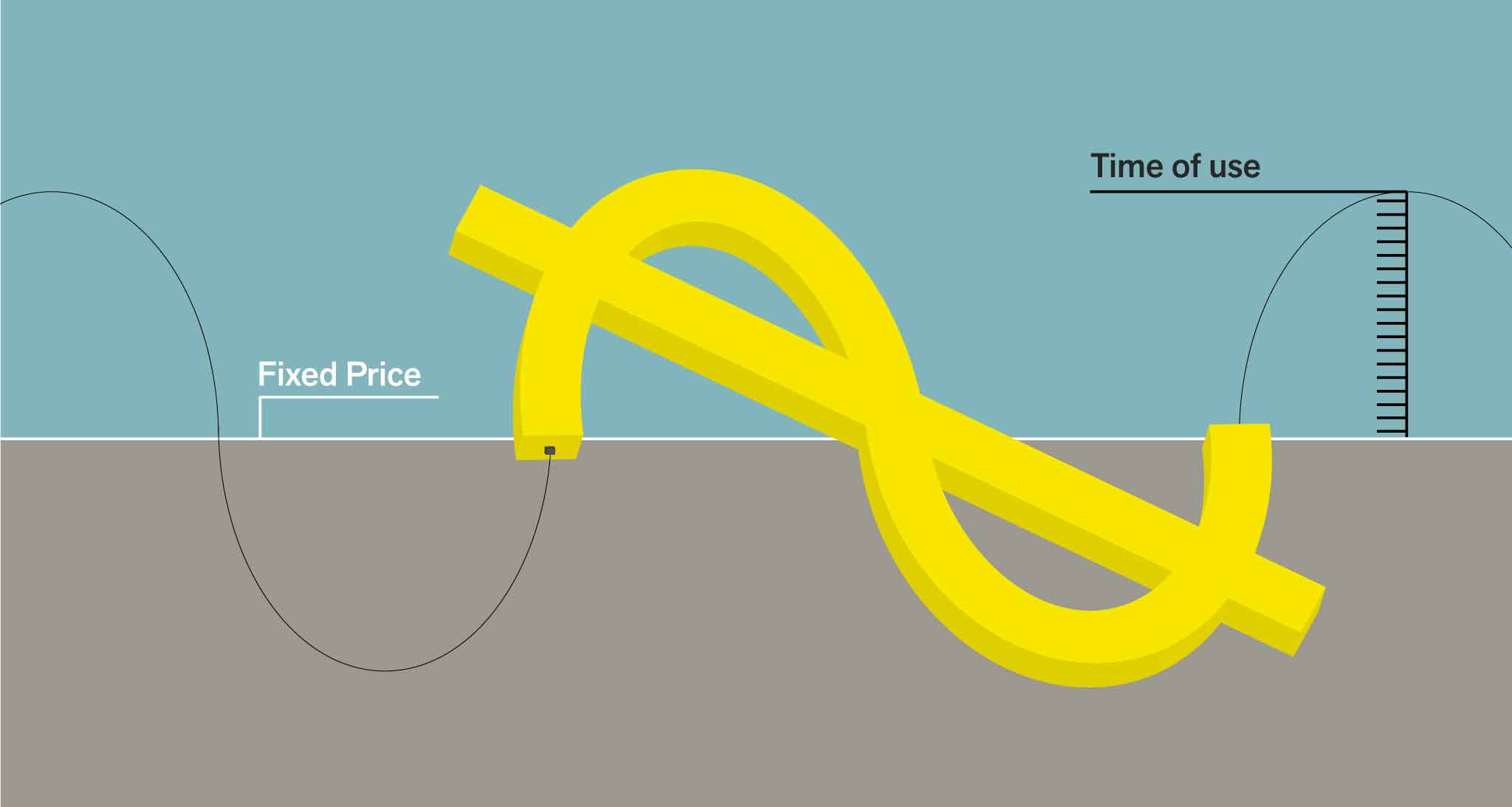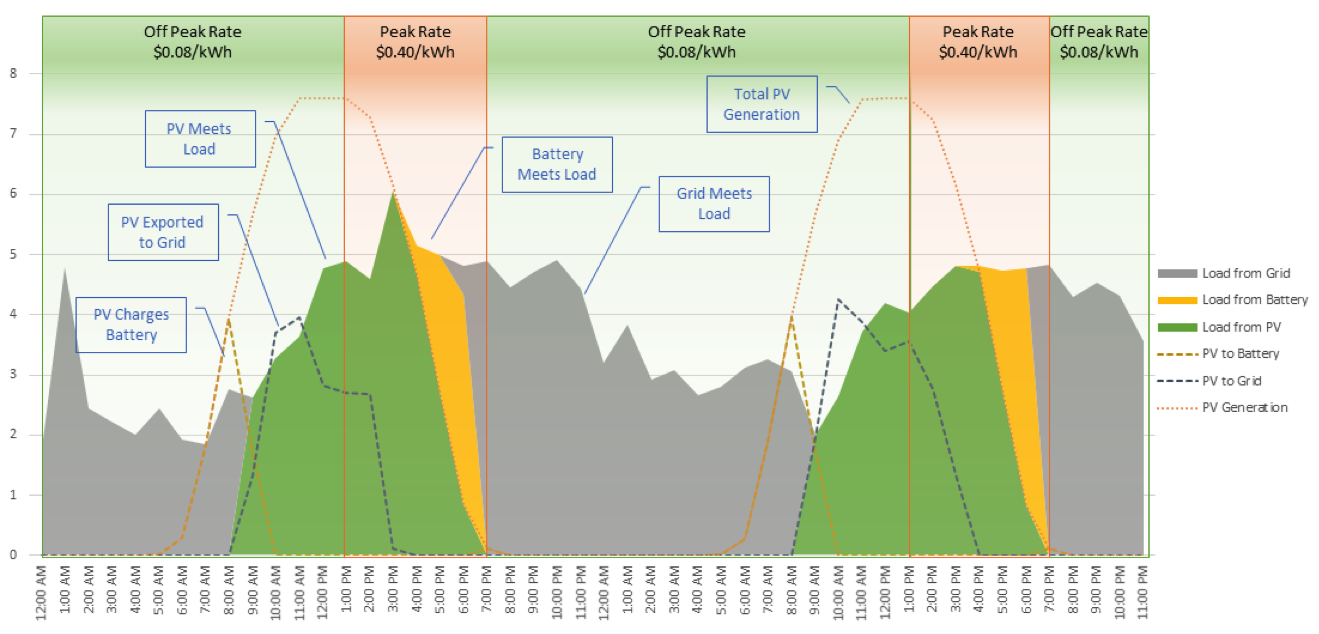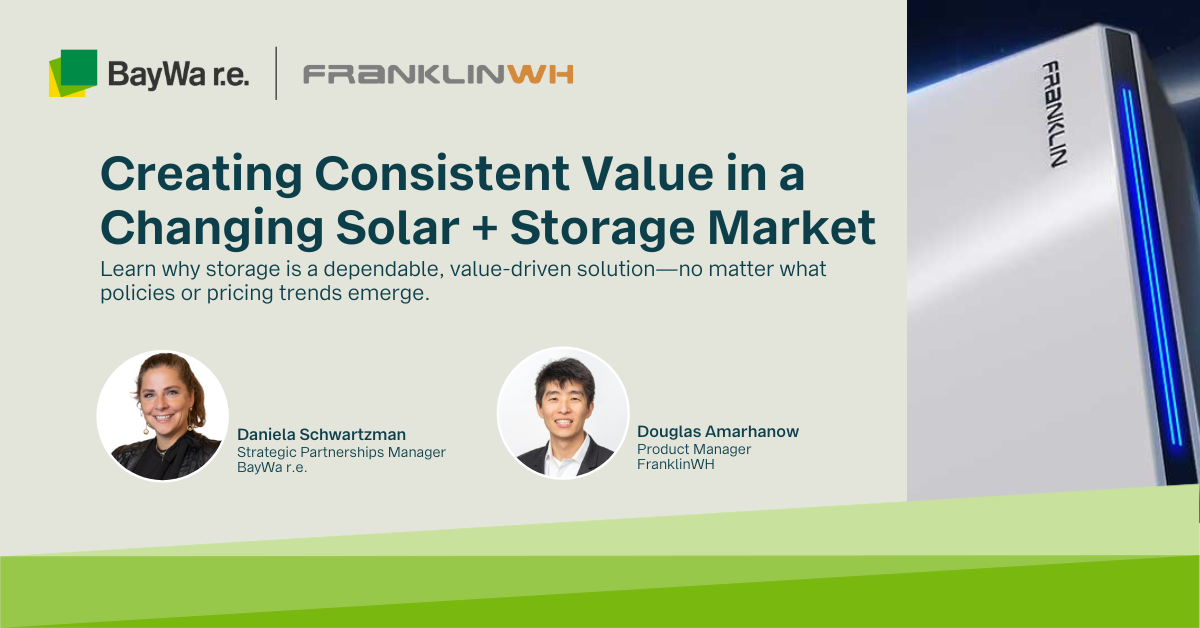
Illustration – Tom Miller
Today, in most parts of the U.S., residential customers pay a flat rate for electricity, one that doesn’t change hour-by-hour or day-to-day. It’s simple, and so is net metering. With net metering, the value of the energy produced by a home is the same as that of its consumption. If homeowners pay 15¢ per kilowatt-hour (kWh) for electricity, then they earn 15¢ per kWh that the solar system produces.
The concept of time-of-use (TOU) rates, in which a higher rate is charged for power consumed during specified periods of each day, is not new. Many commercial electricity customers have dealt with this approach for some time, and some power companies are now extending this billing structure to residential properties in an effort to manage grid loads and gain a premium price during peak usage times.
While TOU rates add complexity, they may also create new opportunities for residential customers to save on electricity. TOU billing provides utilities with a means to adjust rates based on supply and demand, yet it also enables consumers to adjust their behavior and leverage technology to lower their electricity bills. This is where solar contractors come in.
Ensuring that your management and sales teams are familiar with the TOU rates that may apply in your area will enable you to tailor your sales approach to better meet the needs of your customers. If you have not been keeping up with this new trend, here is some basic information to help you get started.
Sales and marketing
Solar contractors have many reasons to offer energy storage to residential customers. Customers want storage, and some have shown that they’re willing to pay for it, so a solar contractor can realize increased revenue on each job. Even if storage sales are slow, offering energy storage positions a solar contractor as an early adopter of a technology that’s likely to change the way we think of home energy in the near future.
Until recently, the residential storage market lacked a financial incentive. If an energy customer pays a flat rate for electricity, the value of their energy production is the same whether it comes from a solar inverter or storage. TOU billing creates the financial incentive for energy storage systems that is needed for growth of this product category. Pairing solar with storage gives consumers some control over the price they pay for electricity. They can charge their batteries when energy is cheap and draw from them, instead of the grid, when grid prices are expensive.
Return on investment from solar-plus-storage generally depends on two things: rate design and storage system prices. The Solar Energy Industries Association uses the chart above to illustrate how customers can use solar and energy storage to save on electricity.
One of the first things to notice is the difference between the price of electricity during peak and off-peak hours. For most of the day, customers in this scenario pay 8¢ per kWh. From 1 pm to 7 pm, they pay 40¢ per kWh. There’s a big incentive to avoid buying energy from the grid during this time.
If the customer has TOU rates and net metering, they can offset peak usage by exporting energy to the grid during peak hours. In this case, solar energy is providing the lion’s share of the value in the solar-plus-storage combo. But if net metering is off the table, storage adds significant value.
In the example above, the customer uses 30.5 kWh during the six-hour period when energy prices are high, paying a peak cost of $12.20. Adding rooftop solar, the customer can shave 23.8 kWh off peak usage, reducing the cost for this high-priced energy to $2.68. Adding storage knocks another 6.2 kWh off peak usage. Now the peak cost is just 19¢.
The incremental cost of the energy storage system can be compared with the projected savings to evaluate its economic benefit to the homeowner.
Storage also prepares the customer for their utility adjusting TOU periods. San Diego Gas & Electric recently shifted its 12-6 pm TOU period to 4-9 pm, for example. The change creates an incentive for customers to use their energy storage systems to supply their needs rather than the grid, later in the day when solar production is less than their energy use and TOU rates are in effect.
States with time-of-use rates
In 2016, California started adopting a new set of net metering rules that required customers who want utility bill credits for solar output to transfer from flat-rate electric service to a TOU rate. At the time, residential TOU schedules were still changing, and the adoption rate was low.
More recently, utilities all around the country have begun offering voluntary TOU rate tariffs that may benefit your solar and storage customers, including Portland General Electric in Oregon, Salt River Project in Arizona, and Eversource in Connecticut, to name a few. Regulators in half a dozen states are giving a closer look at TOU rates, or other forms of dynamic electricity pricing.
In New Hampshire, a net metering rule change approved in 2017 calls for a time-of-use pilot project that may roll out to all customer classes. The Colorado utility Xcel Energy is also running a TOU pilot program to help the Public Utilities Commission determine in 2020 if all 1.2 million Xcel customers should move over to TOU rates.
Most recently, Minnesota also decided to open up TOU rate tariffs to about 10,000 residential customers of Xcel Energy. Meanwhile, Arizona, Nevada, and Vermont are evaluating TOU rates, as well.
This is a growing trend, and you’ll want to be sure that you stay up to speed with what is happening in your area, and incorporate this into your sales approach where appropriate.
Special thanks to Sara Birmingham and Kevin Lucas at SEIA for assistance with this article.






Tou rates also create a challenge for bill calculation which cannot be resolved with traditional spreadsheets. This is especially true when adding storage devices, and other planned future electrical consumption in the form of Electrical vehicles, additional AC usage or other future devices.
How is an energy consultant able to calculate all these factors efficiently and effectively?
At Baker Home Energy we solved this problem with a new tool which performs accurate TOU calculations for Existing and New loads.
Thanks for your input, Gary!